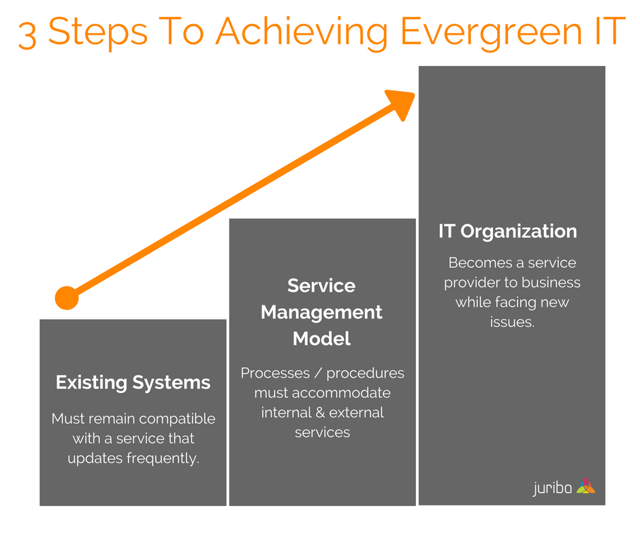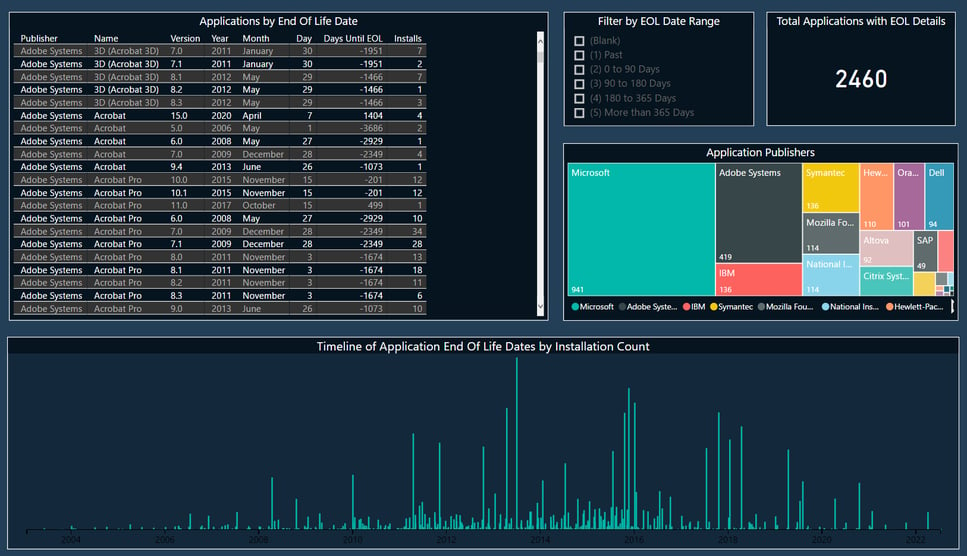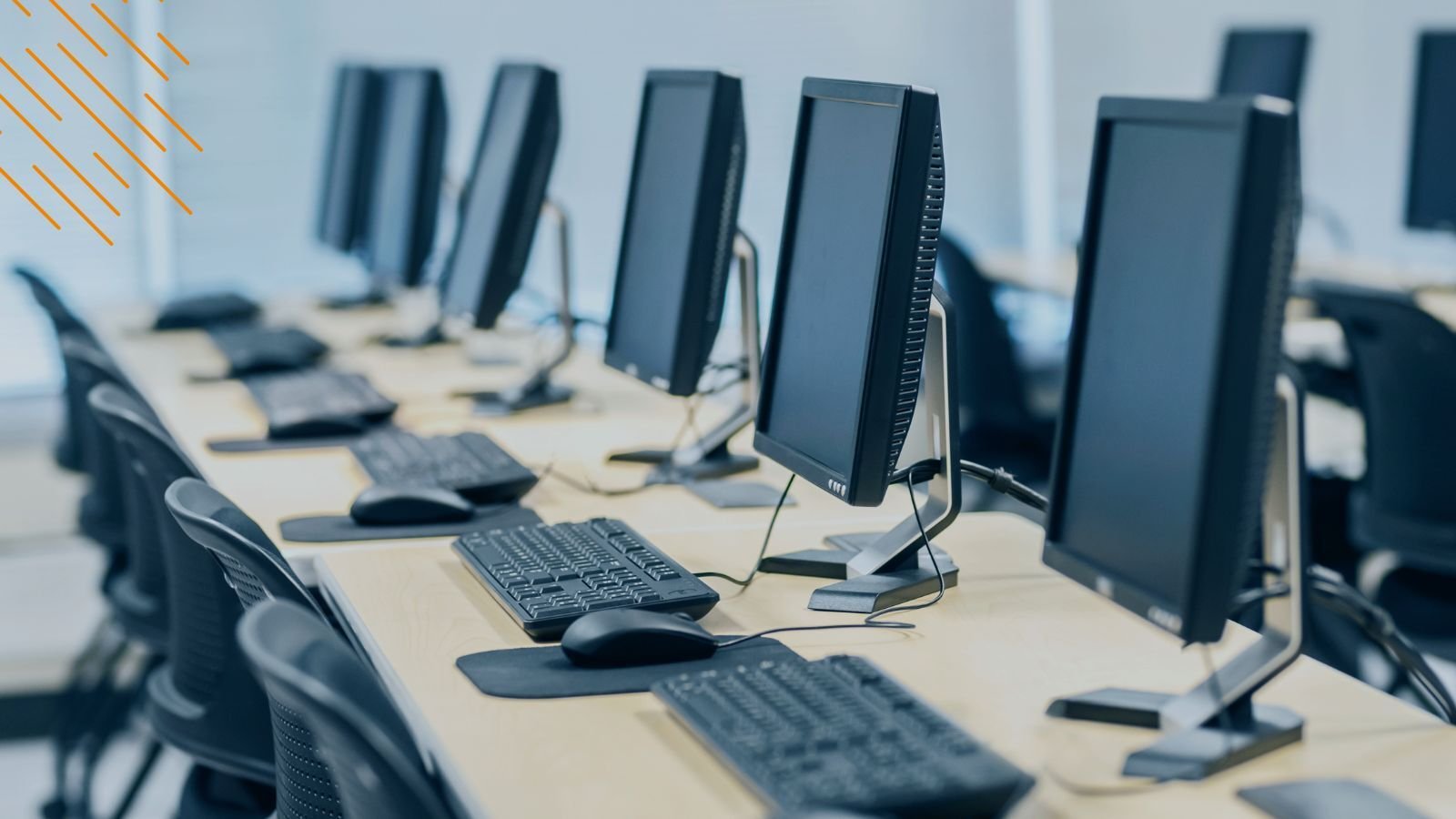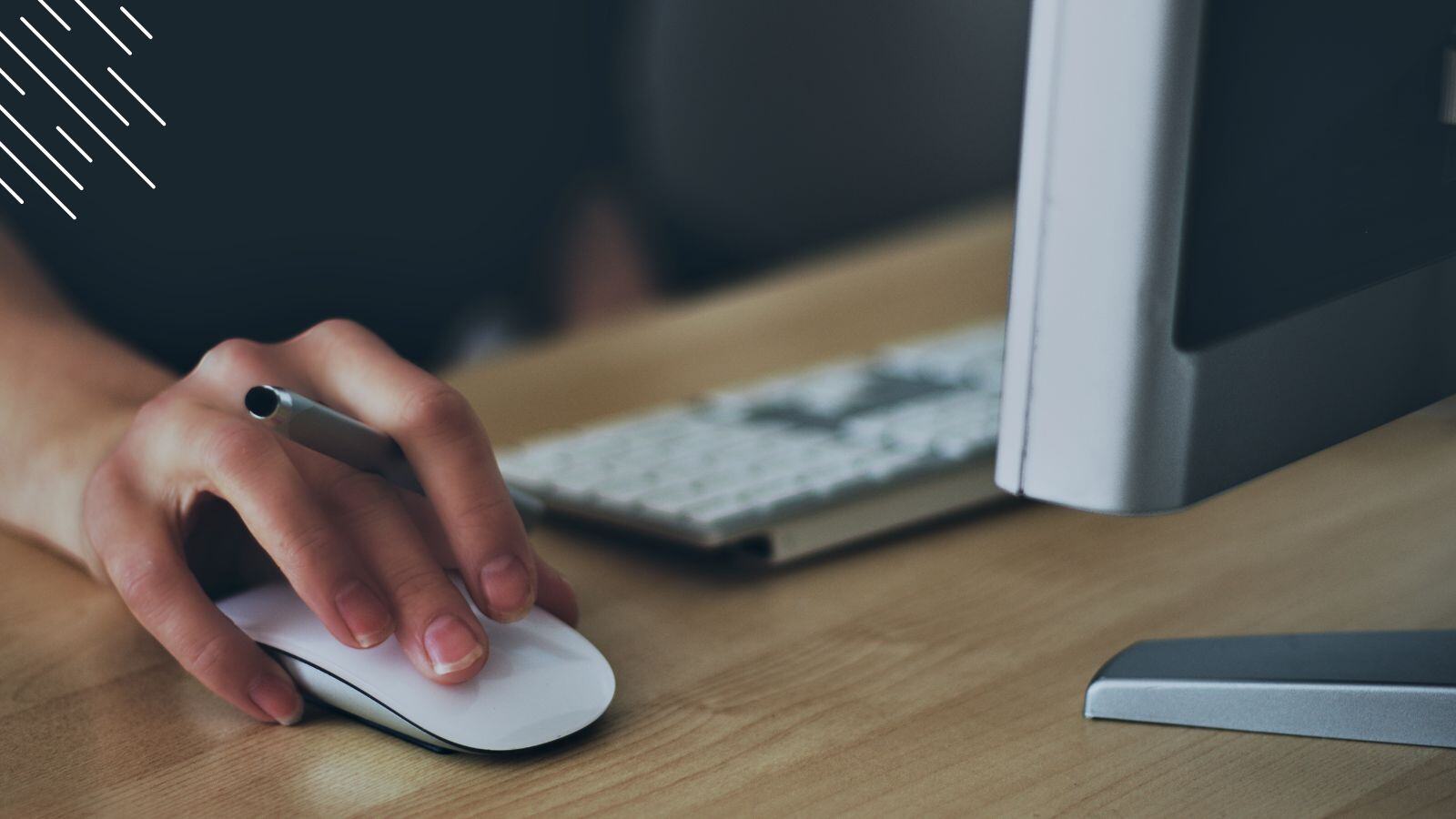3 Crucial Steps Every Organization Must Take Before Achieving Evergreen IT
October 26th, 2016
7 min read
By Barry Angell

With IT departments battling stagnant or minimal increases in budget for several years in a row, the management of a massive IT transformation projects (such as a Windows 10 upgrade) is a somewhat unwelcome distraction, spawning risk, disruption, and cost. Thankfully, large scale IT migrations may soon be a thing of the past, with many companies looking towards Evergreen IT to solve these issues in the long-term.
Rightfully so, since organizations that embrace and deliver Evergreen IT are in constant control of their IT environment. Software and hardware upgrades are handled in a "Business as Usual," on-demand basis. There is no need for big-bang migrations anymore as systems and applications are maintained to an N-x level on a regular basis, and updates are planned within weeks of a new patch or release from the manufacturer. Consequently, this results in more secure, up-to-date systems that aren't as easily breached or hacked.
However, many companies are not too keen on overhauling their entire IT landscape. Instead, they are looking to subscribe to software-as-a-service or cloud-based products (e.g., Office 365) that fulfill the same function, improve agility, and enable greater control and a reduction in IT management costs/efforts.
The Three Steps of Evergreen IT
But purchasing an Office 365 license will not make you organizationally Evergreen IT. Evergreen IT encompasses the entire spectrum of:
- Your existing IT systems and strategies
- Your service management and delivery model
- Your entire IT organization

Today, we will look at each of the three Evergreen cornerstones in more detail.
Adapting Existing IT Systems & Strategy to Become Part of Evergreen
Think about your current IT landscape. What do you have in place for end user productivity?
Most certainly, you have several versions of the Windows Operating System and of the Office productivity suite, as well as other commercial third party applications. As an enterprise IT organization, you will also likely have some legacy in-house applications and unsupported vendor applications that won't be going anywhere soon.
However, the first step in creating an Evergreen IT strategy (and later executing it) is to understand what you are dealing with and the current status. You will need to get an accurate, always up-to-date and consolidated snapshot of the software and hardware you have in-house and the versions and support model that they are in.
To illustrate how this would look, I have included below a screenshot of an output from Dashworks, Juriba's IT transformation management tool, to demonstrate how it can be used to manage Evergreen IT as well using our Analysis+ data.

Secondly, you will need to categorize, consolidate, and prioritize required changes to your IT landscape. As you will want to handle all of your IT in a more fluid state, it becomes imperative to cut down on IT complexity. For example, instead of managing various on-premise Office versions, you might decide to assess the need for all your employees and switch them to the web version of Office 365. This will not only cut down on licensing costs as you now have a more accurate license count, but will also reduce the management complexity on the local client machines.
Thirdly, you will need to address the applications that cannot be migrated to the cloud, such as your ERP application or any other legacy, niche, or internally developed software that you cannot simply rip out and replace overnight — and that's okay! You will need to keep some of your applications in-house, either for compliance reasons or simply management and control issues! What you must do, though, is to bring those applications into the same Evergreen lifecycle management. Internal applications that are allowed to stagnate and rely on outdated technology can quickly become a huge roadblock to moving forward on other initiatives. Think how many times your OS transformation project has been blocked because a legacy application has not been maintained appropriately. This is often called 'technical debt' and it is something that must be removed for Evergreen success.
To achieve Evergreen IT despite having applications that cannot become software-as-a-service or become cloud-based, you will need to modernize your IT environment by:
- Using Virtualization. By leveraging Virtualization and Virtual Desktop Infrastructure, you not only abstract any dependencies between the application itself and the hardware layer, but you can also improve flexibility. This is especially important for legacy applications which can then be maintained in an appropriate solution.
- Using an IT Transformation Management Solution. By deploying IT transformation management solutions with adequate automation, orchestration, and modeling technologies, you will gain access to a central command and control platform that allows you to free up valuable resources by managing low-level management tasks and highlighting lifecycle changes dynamically.
- Adapting To The New Role Of IT. The way in which IT is meeting business needs has changed drastically over the last few years. While IT was somewhat a siloed bottleneck in the past, always building new systems when needed, and generally reacting to requirements, it now becomes a more proactive unit, initiating change and delivering a highly maintained and supported operation.
Lastly, you will need to break down IT silos and enable continuous software management. Once you have figured out what your IT landscape consists of, and have created a strategy around how you will move each part towards an evergreen service model, you will need to ensure that your applications and their supporting infrastructure are compatible with this new service model, and — most importantly — that they can maintain that compatibility with new updates.
As an IT organization, your role has now become one of a service provider — always ensuring that any updates will not disrupt any dependent systems and maybe even providing versioning support and backward compatibility.
Your Service Management Model On The Road Towards Evergreen IT
As more and more infrastructure and applications move into the cloud or become managed as software-as-a-service, the IT department must adapt from a service management perspective as well. It now needs to account for, and respond to external and internal factors. This requires a significant change in IT operations and management and some rethinking.
- Budget Approval & Cycles. Many companies look to Evergreen IT as a long-term measure to reduce IT management costs. An early win is that businesses can cut their capital spending on IT. However, they will also increase their operational spending and one-time expenses for additional training and other costs related to implementing this new service model. Usually, this will take one regular budget cycle to take effect fully. However, moving forward, budget cycles will have to be adjusted to accommodate the more frequent Evergreen billing cycles and the flexibility required to ramp subscriptions up and down.
- Change Management. An Evergreen IT service model will undergo frequent updates that will require a sophisticated change management process to log all of the change proposals and approvals. You will need to ensure that you know how providers will handle communication or notifications, have a multitude of perpetual projects under management, and closely understand any linkages between these projects.
- Privacy & Data Security Standards. According to the ITRC Breach Statistic 2016, close to 800 data breaches have exposed almost 30 million data records this year alone, so privacy and data security must be a top concern as your organization is de facto expanding its internal network into the Internet by moving towards an as-a-service model. Therefore, IT organizations must ensure that the service providers take adequate measures to protect your data, as well as ensure that integrating these external services does not expose you to bigger vulnerabilities or security loopholes. All this while you retain control of any major changes that the service provider may force that could impact your internal applications or services.
- Regulatory & Compliance Concerns. The government rules regulating cloud-based applications and services are still murky in some countries and might restrict your cloud application usage. For example, some states only allow the storage of particular types of data onsite vs. in the cloud, or they limit the integration of cloud-based services into internal systems. By moving to an Evergreen service model, the ongoing regulations, particularly around data location, will be a critical element of your planning.
- Incident Management. Most cloud applications guarantee +99% uptime. However, service interruptions will inevitably occur sooner or later, so IT teams looking to achieve Evergreen IT must prepare for the worst by ensuring efficient incident management processes that will immediately trigger remedial action and appropriate communication to help resolve the issue. An environment of perpetual change is likely to mean a higher level of change-related incidents, so you need to be prepared for fast reactions and the management of problems that arise.
- Help Desk & Support. Just as with incident management, you and the third-party service providers need to be clear about who will cover which help desk and support tickets and how those will be communicated and resolved in a manner that is the least disruptive to your end users while still maintaining an overview of what issues arise and how fast they are resolved. The service desk must be aware of any and all changes happening within the as-a-service model so that they can react to them effectively.
These are just a few main points that must be considered when embracing Evergreen IT from a service management perspective. However, it is prudent to consider all legal and practical implications when contracting with a cloud provider, or in adopting an as-a-service model such as Windows 10 branching.
In summary, there will be a lot of process and change management work that will be required — and all processes will need to support your Evergreen IT lifecycle. In addition, if all processes are built to continually upgrade your assets, you will have to be on top of all your user, device, application and infrastructure information.
IT Becomes A Business Enabler By Achieving Evergreen IT
While changes to the existing systems and your service management model are significant, the hardest change will need to happen within the very fibers of your IT department.
In previous decades, IT teams were split between those delivering business-as-usual services, such as the help desk, and those delivering major changes, such as an upgrade to the latest operating system. Teams were created around the need to design, build, and run large-scale projects, like roping their way from one big-bang migration or OS Transformation project to the next, whether it might be an OS upgrade, a hardware refresh, or an email migration. These projects usually took several years, had dedicated project teams, and had a beginning and (at some point) a wrap-up phase.
On the contrary, Evergreen IT teams need to re-orient themselves to an environment that changes every few days or weeks. Instead of managing one-time projects spanning years, they need to constantly strive to improve their efficiency, flexibility, and agility as they manage the constant flow of changes that comes with an Evergreen IT service model.
In addition to the changed scope of projects and frequency of updates, the IT organization also needs to morph from a department that was largely tucked away from the rest of the business units into a service provider that thrives on open communication and close relationships with other business units it supports.
It is critical for the success of your Evergreen IT initiative that your team intricately understands the needs of its customers, communicates any potential service disruptions, and provides easy-to-consume information about new or changed features. This can be very challenging, especially for large IT departments.
In other words, Evergreen IT will require a significant culture shift as it makes IT teams proactive rather than reactive.
Summary
Achieving Evergreen IT is a goal worth pursuing by IT organizations of any size that are looking to improve the service they provide to their business units, while better controlling costs.
However, just switching to cloud-based or as-a-service applications instead of managing on-premise software won't be enough to fully take advantage of the value that Evergreen IT can bring to the table. You will need to update your existing systems and data centers, revise your IT management processes, and undergo a significant organizational culture change.
While smaller companies typically find it easier to adapt their existing systems, their service management model, and their organizational structure, enterprise-size organizations will need to approach Evergreen strategically and with realistic expectations.
Barry is a co-founder of Juriba, where he works as CEO to drive the company strategy. He is an experienced End User Services executive that has helped manage thousands of users, computers, applications and mailboxes to their next IT platform. He has saved millions of dollars for internal departments and customers alike through product, project, process and service delivery efficiency.
Topics:



![What is a Digital Workplace? [Definition]](https://blog.juriba.com/hs-fs/hubfs/What%20is%20a%20Digital%20Workplace%20%5BDefinition%5D.jpg?width=1600&height=900&name=What%20is%20a%20Digital%20Workplace%20%5BDefinition%5D.jpg)






















